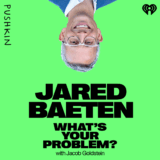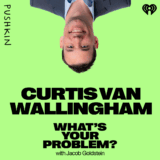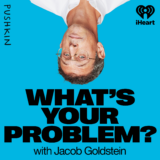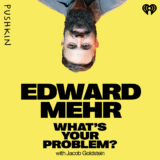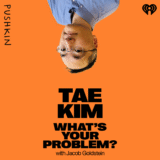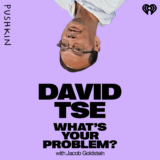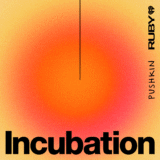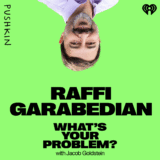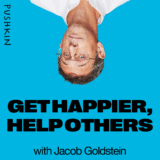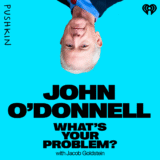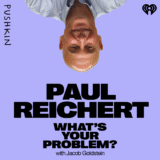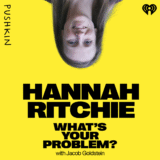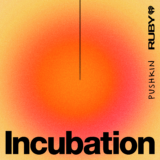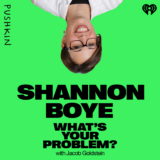Jared Baeten is senior vice president in virology at Gilead Sciences. Jared’s problem is this: In a world without a vaccine, how do you make a medicine ...
Carlos Araque is the co-founder and CEO of Quaise Energy. Carlos’ problem is this: How do you make drilling for geothermal energy as routine, widespread, ...
Ben Rapoport is the co-founder and CSO of Precision Neuroscience. Ben’s problem is this: Can you build a device that allows a paralyzed person to use a ...
Jeff Cardenas is the co-founder and CEO of Apptronik. Jeff’s problem is this: Can you make a safe, reliable humanoid robot – for less than $50,000? ...
We need better, cheaper ways to store solar and wind energy when it’s dark out and the wind isn’t blowing. One option: Compressing air in ...
There are moments in history when people make huge technological advances all of a sudden. Think of the Manhattan Project, the Apollo missions, or, more ...
AI works well in the virtual world. That’s partly because the internet provides so much data to train AI models. But there’s no analogous data set ...
In the past few years, NVIDIA has become one of the most valuable and important companies in the world by making GPUs, the chips powering the AI boom. But ...
Claude Shannon is a major figure in the history of technology. Known as the father of information theory, Shannon spent decades at Bell Labs and MIT. But what ...
We thought we knew everything there was to know about measles. But in recent years, new research has revealed that the virus attacks the immune system and ...
What really drove the 2008 financial crash? What’s a shadow bank? And what’s the connection between NIMBYs and BANANAs? Tim Harford and Jacob Goldstein answer ...
Solar power and batteries are becoming cheap and ubiquitous. Great. But there are problems batteries can’t solve – like fueling ships and planes. One way to ...
It’s the season of giving: colorful paper and shiny bows, sure, and charitable giving, too. In this special episode, Jacob Goldstein, the host of ...
This is the second of three episodes about the solar-power revolution. Last week, we talked about how solar power got so cheap. This week, we’re talking with ...
In the past 20 years, the price of solar panels has fallen by more than 97 percent. This extraordinary decline is good news for the world – and it’s ...
Paul Reichert is a research scientist at Merck, working on improvements to how we administer drugs to patients. Paul’s problem is this: How can you run ...
Hannah Ritchie is a data scientist and the deputy editor of Our World in Data. She is also the author of Not the End of the World: How We Can Be the First ...
Why has rabies invaded our nightmares for centuries? Author and veterinarian Monica Murphy tells us about the cultural history of rabies (which involves ...
After decades of research, gene therapy is starting to work. Shannon Boye is a professor of cellular and molecular therapeutics at the University of Florida. ...
After decades of research, gene therapy is starting to work. Shannon Boye is a professor of cellular and molecular therapeutics at the University of Florida. ...
- « Previous Page
- 1
- 2
- 3
- 4
- 5
- …
- 10
- Next Page »

